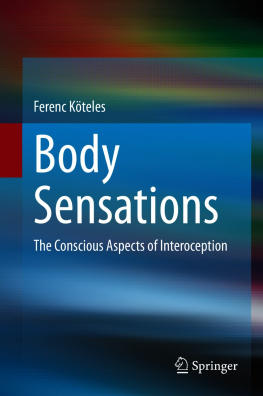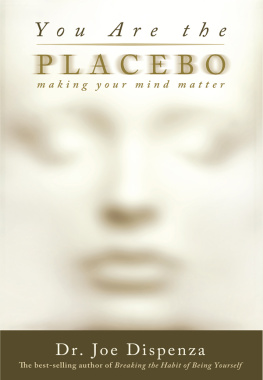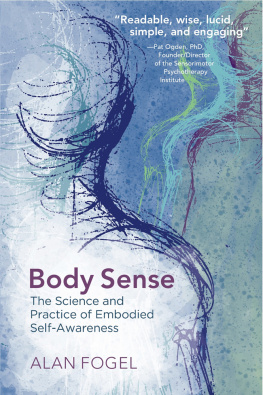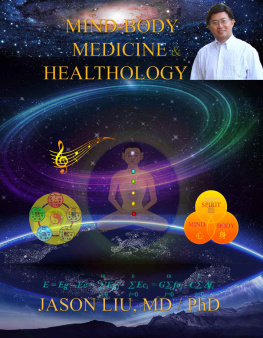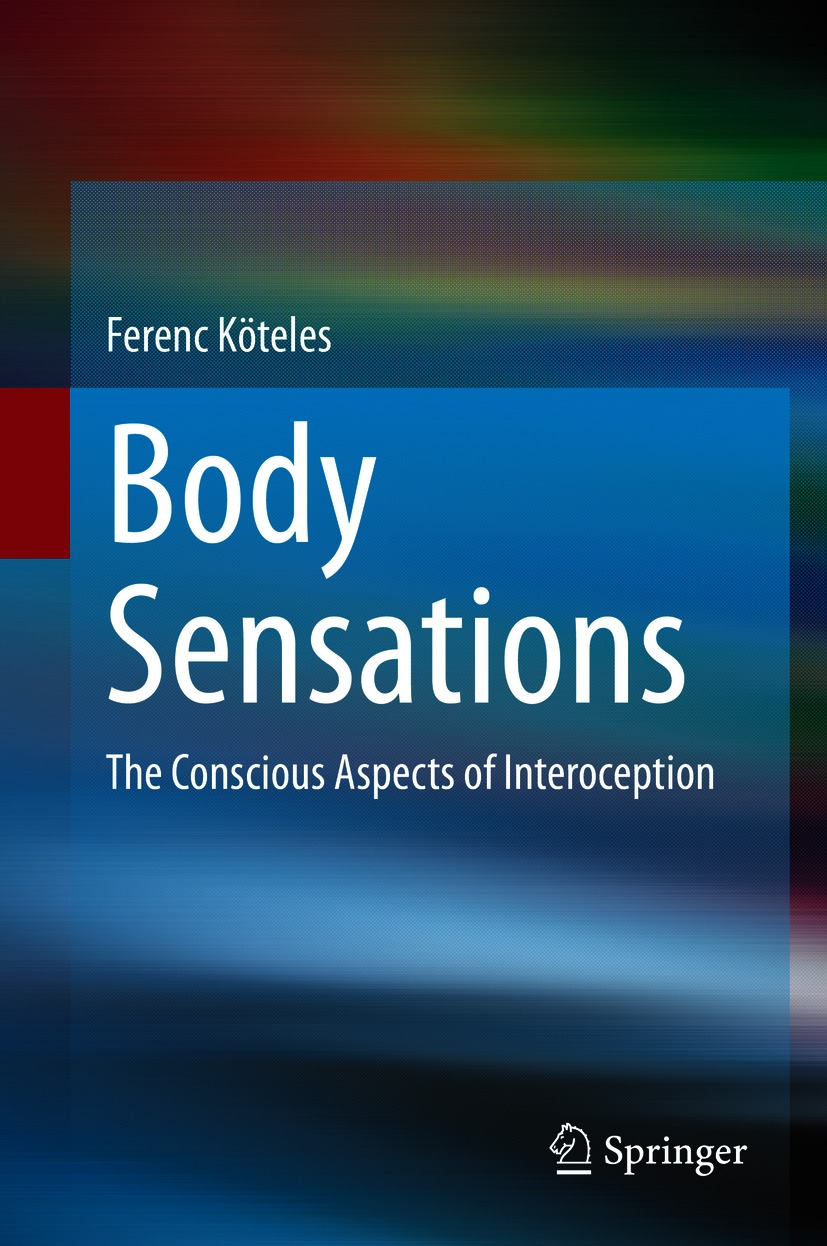Ferenc Kteles
Faculty of Education and Psychology, Etvs Lornd University, Budapest, Hungary
ISBN 978-3-030-63200-7 e-ISBN 978-3-030-63201-4
https://doi.org/10.1007/978-3-030-63201-4
The Editor(s) (if applicable) and The Author(s), under exclusive license to Springer Nature Switzerland AG 2021
This work is subject to copyright. All rights are solely and exclusively licensed by the Publisher, whether the whole or part of the material is concerned, specifically the rights of translation, reprinting, reuse of illustrations, recitation, broadcasting, reproduction on microfilms or in any other physical way, and transmission or information storage and retrieval, electronic adaptation, computer software, or by similar or dissimilar methodology now known or hereafter developed.
The use of general descriptive names, registered names, trademarks, service marks, etc. in this publication does not imply, even in the absence of a specific statement, that such names are exempt from the relevant protective laws and regulations and therefore free for general use.
The publisher, the authors and the editors are safe to assume that the advice and information in this book are believed to be true and accurate at the date of publication. Neither the publisher nor the authors or the editors give a warranty, expressed or implied, with respect to the material contained herein or for any errors or omissions that may have been made. The publisher remains neutral with regard to jurisdictional claims in published maps and institutional affiliations.
This Springer imprint is published by the registered company Springer Nature Switzerland AG
The registered company address is: Gewerbestrasse 11, 6330 Cham, Switzerland
Foreword
How do we know how we feel? To what degree do our internal sensations guide our thoughts, feelings, and behaviors? What is that slight pain I am feeling below my ribcage? The nature of interoception is one of the most vexing puzzles in psychology and medicine. Unlike our perceptions of light or sound or touch, which others can experience, our internal sensations are only directly available to us. We can try to describe the feelings to others but words often fail us.
Every generation or so, a book comes along which provides a new window into the ways people perceive and respond to their bodies symptoms and sensations. Body Sensations: The Conscious Aspects of Interoception by Ferenc Kteles will be the authoritative voice for the next generation of researchers and practitioners. In this impressive volume, Kteles dissects each of the organ and muscular systems that provide perceptible signals to our brains. In addition to laying out the physiology of the neural pathways, he expertly guides the reader into the roles that learning, early experience, and various perceptual biases and distortions can play in shaping what we feelor think we feel.
In previous generations, great works on interoception were published by some of the top scholars of the time. Wilhelm Wundt and his students in Leipzig in the late 1800s defined the field by trying to map the relationships between objectively measured stimuli (such as the brightness of light, the loudness of tones, pressure on the skin) to peoples sensory experiences of brightness, loudness, and pain. In well-controlled laboratory environments, their group suggested that interoception was straightforwardthe magnitude of stimuli was predictably related to the magnitude of the sensation.
Over the next 100 years, Wundts optimistic view gradually diminished as researchers studied interoception among people and other organisms in real-world settings. William James (1890) argued that the conscious awareness of internal cues was the result of behavior and not the other way around. Pavlov and Luria found that an organisms sensory experiences were shaped by multiple pathways in the brain and body, including stimuli that had been conditioned from past experiences. By the mid-1900s, the stark awareness that sensory experiences were influenced by ongoing shifts in peoples situations ushered in a new cognitive revolution (e.g., Gibson 1966; Schachter and Singer 1962).
It was not until the late 1960s that there was a general acknowledgment that interoception was a challenge for all areas of psychology and medicine. The most influential force behind this idea was Gyrgy dm. In his pioneering 1967 book, Interoception and Behavior, dm argued that sensory cues from our internal organs influenced almost all of our actions, including eating, balance, and attention. Although many of these signals were not consciously noticed, many perhaps most could be perceived if the person paid close attention. Over almost 50 years, he published a series of books on interoception that brought together the theoretical rigor of pioneers in physiology, perception, social psychology, evolution, and neurology. He was also a creative methodologist and experimental scientist on his own who devoted himself to understanding the biology and psychology of interoception.
dm, however, was far more than a theoretically driven scientist. He was trained as a physician and was someone deeply interested in people. Unlike most interoception researchers, he observed the complexities that patients have in explaining their symptoms to physicians. At the same time, he appreciated the difficulties of physicians trying to translate their patients symptoms into frameworks that make sense from a medical perspective. His own social skills and natural warmth encouraged patients and physicians to tell him their stories so that he could better understand the clinical challenges of interoception.
Through a lucky accident, I was able to spend some time with Professor dm on a visit to Budapest in 1996. His 1980 book, Perception, Consciousness, and Memory, had a big impact on me while I was writing my first book on physical symptoms. When we met, I felt we had been friends for years. He had a twinkle in his eye that reflected the absolute joy he had in talking about interoception and the state of the world. I could see why those who knew him always said he was a remarkable teacher, mentor, and friend.
I bring this up because one of dms students was Ferenc Kteles. In reading this book, you will see many of the same traits and intellectual interests as his mentor. With each chapter, Professor Kteles reminds us of the long and varied history of the field of interoception. This is the most thorough book of the topic available covering some of the most recent breakthroughs in science. At the same time, you will appreciate many of the practical applications that may help you as a scientist, practitioner, or even as a regular human being who is awake in the middle of the night trying to figure out what that pain just below your ribcage might mean.
ReferencesGibson JJ (1966) The senses considered as perceptual systems. Houghton Mifflin, Oxford, EnglandJames W (1890) The Principles of Psychology. Macmillan, LondonSchachter S, Singer JE (1962) Cognitive, social, and physiological determinants of emotional state. Psychol Rev 69:379399

